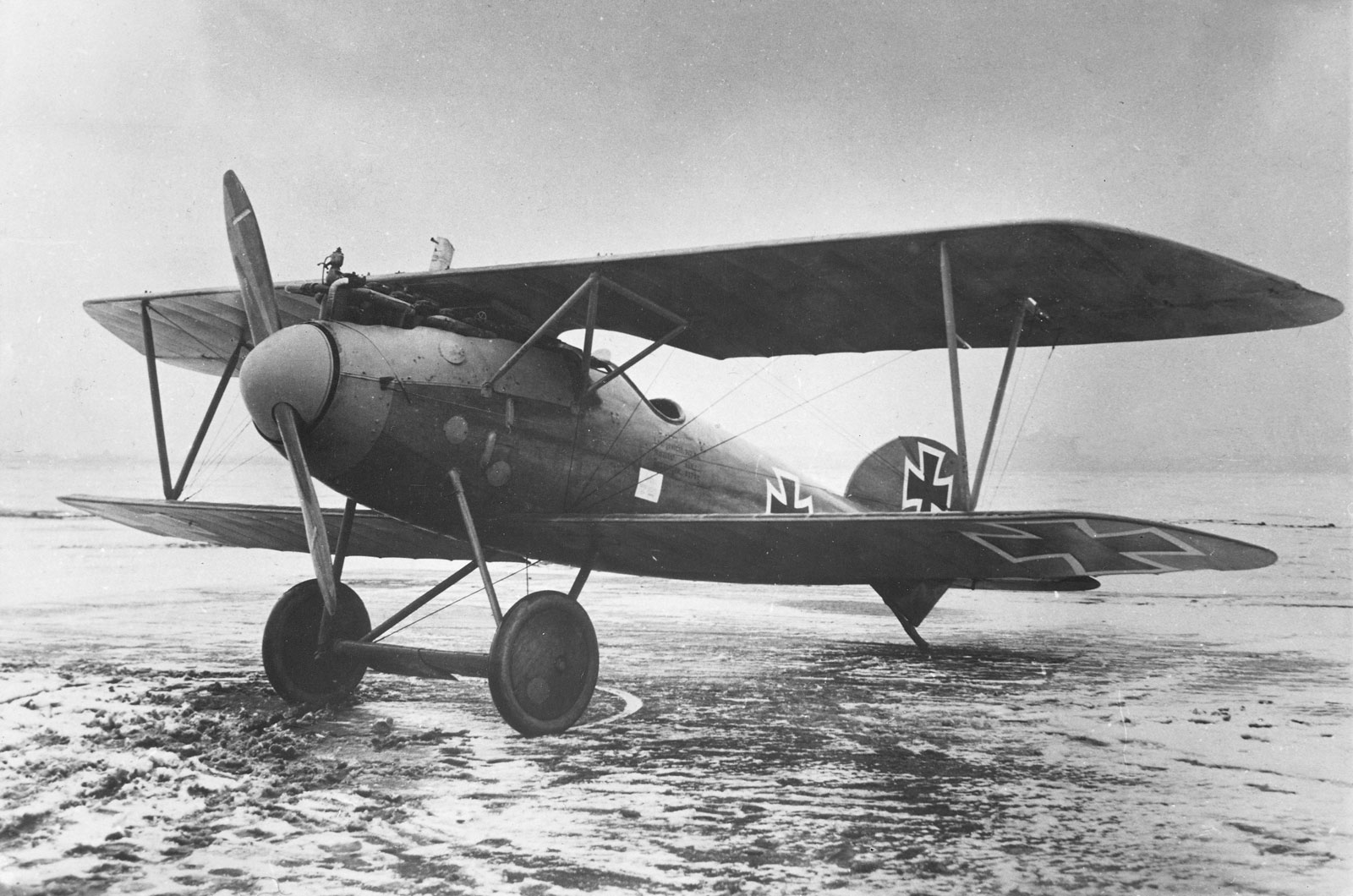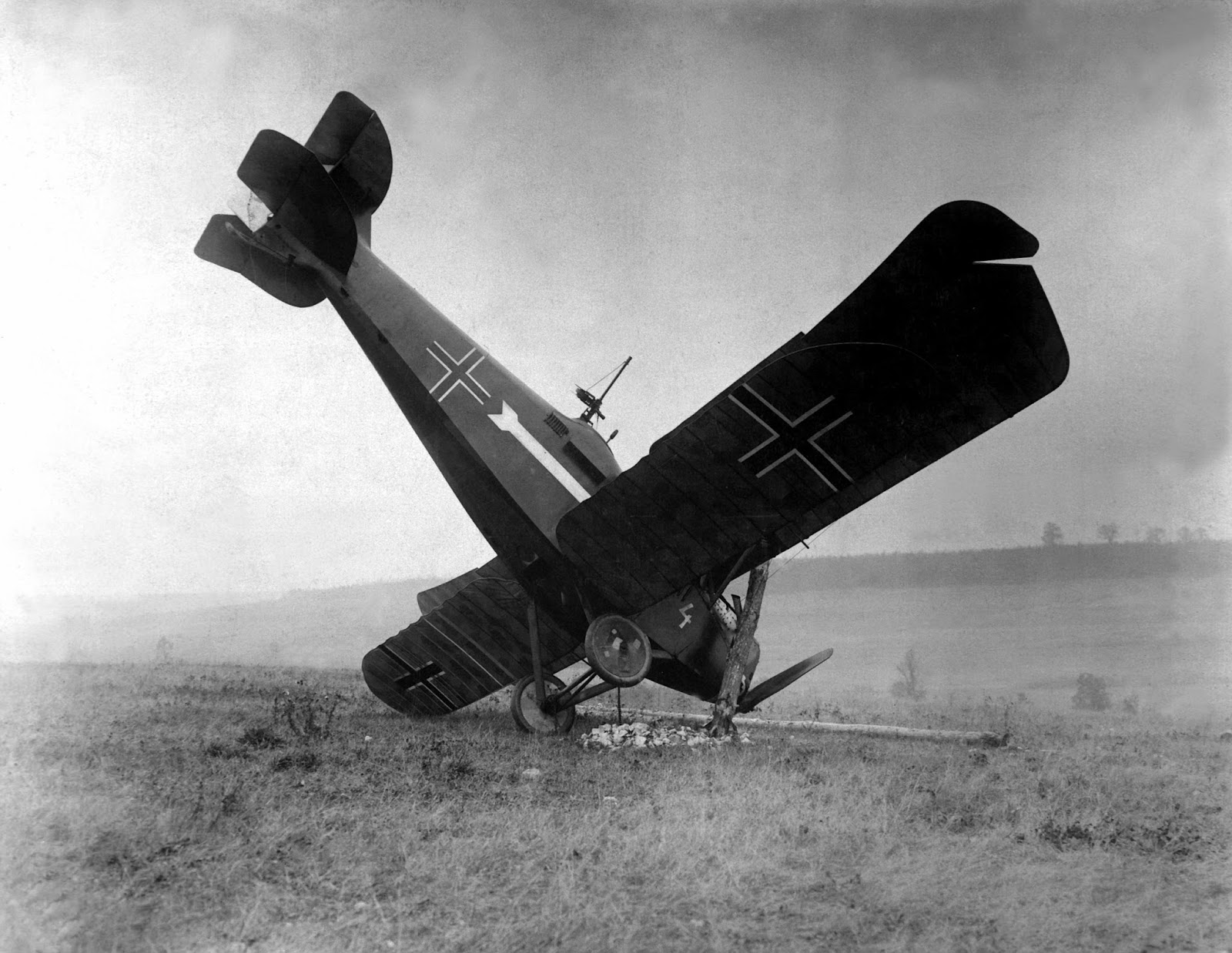World War 1 Aircraft

First Battle of the Marne In the First Battle of the Marne, fought from September 6-9, 1914, French and British forces confronted the invading German army, which had by then penetrated deep into.
WW1 French Planes Vintage aircraft, Aircraft, Vintage planes

Summary. Australia's involvement in the First World War began when Britain and Germany went to war on 4 August 1914, and both Prime Minister Joseph Cook and Opposition Leader Andrew Fisher, who were in the midst of an election campaign, pledged full support for Britain. The outbreak of war was greeted in Australia, as in many other places.
Pin on WW1 Aircraft

World War I - Air Warfare, Trench Warfare, Armistice: Aircraft, including dirigibles (Zeppelins), were used for reconnaissance and bombing attacks. The Royal Air Force (RAF) became the world's first separate air service. In 1917 peace overtures were being made by Charles I, the Reichstag, and Benedict XV.
Pin on 2000 piece Puzzles

Memorial Articles The Australian Flying Corps The Australian Flying Corps Warfare in a new dimension: the Australian Flying Corps in the First World War In 1914 Australia's only military aviation base, the Central Flying School, newly established at Point Cook, was equipped with two flying instructors and five flimsy training aircraft.
World War 1 Pictures Airplanes and Dogfights World War Stories

James World War 1 Here are some interesting facts about WW1 planes. World War I was the first time that aircraft had been used for combat on a large scale. At first they were used mostly for reconnaissance and later for fighting and bombing. There were about 70 different types of World War I planes, including fighters and bombers.
WW1 French Planes Ww1 Aircraft, Fighter Aircraft, Military Aircraft

World War I 1914 to 1918 World War II 1939 to 1945 Kokoda Track 1942 to 1943 Burma-Thailand Railway and Hellfire Pass 1942 to 1943 The Malayan Emergency 1948 to 1960 Korean War 1950 to 1953 The Indonesian Confrontation 1962 to 1966 Vietnam War 1962 to 1975 Gulf War 1990 to 1991 Peacekeeping since 1947 Stories of service Biographies Oral histories
Historical Photos WW1 Planes in battle

Raf museum Aviation evolved rapidly during WW1, with modern and more effective aircraft replacing the basic machines that took to the skies in 1914. Dr Peter Gray explores how the aeroplane.
Pin on WWI Aircraft

World War I was the first major war where airplanes were used as a significant part of the military. The airplane was invented by the Wright Brothers in 1903, just 11 years before the start of World War I.
Pin on Early Birds

Aldo Bidini The Royal Aircraft Factory S.E.5 has the distinction of being perhaps the fastest World War I aircraft, offering stable, nimble performance at speed. It's no wonder that this bird is often described as "the Spitfire of World War One". At the heart of this performance lay a formidable engine, the Hispano-Suiza 8.
Sopwith 1 1/2 Strutter British aircraft, Aircraft, Biplane

The First War Planes Were for Reconnaissance ullstein bild/Getty Images A reconnaissance aircraft/combat two-seater pictured on a German naval airfield as an aerial gunner checks the machine.
Ww1 Aircraft, Fighter Aircraft, Fighter Planes, Military Aircraft, Ww1

Armament: 1 Lewis Machine Gun The Nieuport was an exceptionally mobile bi-plane whose introduction to the war heralded the end of the 'Fokker Scourge' period of German dominance. It was taken up by the British and French aces, notably Canadian WA Bishop and Albert Ball, both VC winners, proving to be both reliable and effective.
Pin by Gear Head on WW1 Aircraft profiles. Fighter planes, Ww1

Aircraft of World War I War as The Engine of Progress The First World War was a powerful driving force behind the development of aviation. Governments have provided significant funding to develop new aircraft models. These projects have also led to the development of many upgraded older models.
ww1 pictures World War 1 Pictures Airplanes and Dogfights World

The first aircraft carriers, the first bombers, the first anti-aircraft weapons, and the first fighter aircraft were all created during this period. Here are six things you also probably didn't know about World War I aircraft: There were about 70 different types of aircraft used during the war by all of the countries involved.
Ww1 Planes, Ww1 Aircraft, World War One, Wwi, Combat, German, Action

The First World War saw the use of air power in conflict on a large scale for the first time. Military aviation was still relatively new in 1914. Its uses were not yet clear, and the Royal Flying Corps - the air arm of the British Army - was very small in size. Despite this, once the war was underway, serving in the Royal Flying Corps.
WW1 Biplanes Fighter Planes Poster eBay Fighter planes, Ww1

Fabric Skin Most fighter planes of WWI were enclosed in a compact layer of material. It offered no protection against enemy attacks, but it streamlined the aircraft, allowing better speeds and maneuverability. It was also light enough for the engines of the time to carry them aloft. Multiple Wings During most of the war, biplanes were used.
The Air War WW1 Facts

Aviation in World War I From Wikipedia, the free encyclopedia Autochrome Lumière of a Nieuport Fighter in , France 1917 World War I was the first major conflict involving the large-scale use of aircraft. Tethered observation balloons had already been employed in several wars, and would be used extensively for artillery spotting.